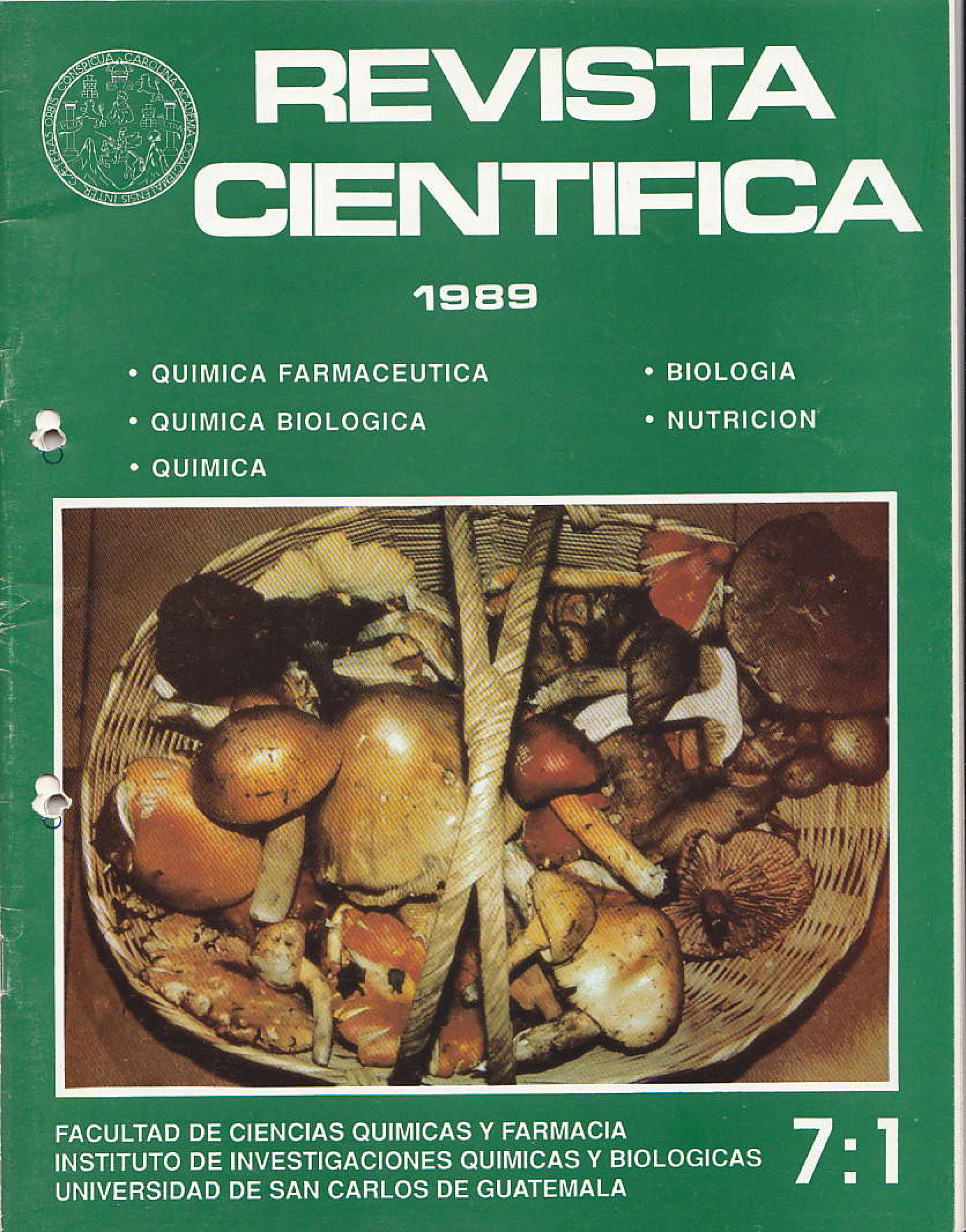Production and standardization of fungal antigens and antiserums for the diagnosis of systematic mycoses
DOI:
https://doi.org/10.54495/Rev.Cientifica.v7i1.437Keywords:
production, standardization, fungal antigens, fungal antiserums, diagnosis, systematic mycosesAbstract
Guatemala's ecological conditions favor the growth of a wide variety of fungi, including the causative agents of deep-seated mycoses, the most important of which are coccidioidomycosis and histoplasmosis. The symptoms of the pulmonary process they cause are very similar to those of tuberculosis, so differential diagnosis is based solely on laboratory procedures, which are based on the observation and/or isolation of the causative agent from clinical material. However, in 30% of cases, isolation is not possible, so serological tests are required for confirmation, as these have proven to be sensitive and specific.The problem with the use of serology is that antigens and antiserums are difficult to obtain in our environment and are expensive. The Mycology Laboratory, through its services, has diagnosed cases of histoplasmosis, coccidioidomycosis, paracoccidioidomycosis, and others. Therefore, it is necessary to obtain fungal antigens and antiserums using Guatemalan strains and the techniques recommended by the CDC. This will allow, once the tests are standardized, to detect more cases than those diagnosed so far. Furthermore, seroepidemiological studies can be conducted to establish the true status of systemic mycoses in our country. Infections caused by "opportunistic" fungi, which are low-virulence and some of which are commensals of humans, such as C. albicans, have gained significant importance in recent years, as the incidence of these infections occurs alongside the use of antibiotics, immunosuppressants, and other procedures that diminish the host's immune response. Furthermore, with the emergence of Acquired Immune Deficiency Syndrome, the percentage of systemic mycoses in our country has increased.
Downloads
References
Rippon J. W. Medical Micology, Pathogenic Fungi and the Pathogenic Actinomycelej. 3ed.
Philadelphia: W.S. Sounders. 1974 Xt. 587p.
Kobayashi G.S y Pappagianis D. Preparation and standardization of antigens of H. capsulatum y
C . immitis Mycopath et Mycol Appl. 1970. 41: 139-153. https://doi.org/10.1007/BF02051490 DOI: https://doi.org/10.1007/BF02051490
Harrel W.K. et al. Procedural Manual for production of bacterial, fungal and parasitic reagents. Biological Reagents Section. Center for Disease Control. Atlanta. GA 1973.
Scott Laboratories. Inc Division of Microbiological Sciences. Inficke Ville. R102823 Carson CA
90746.
Mayorga R. Coccidioidomicosis en America Central. II Simposium de coccidioidomicosis.
Phoenix Arizona. 1965. 287-291 p.
Comunicación personal con la Dra. Conchita Toriello, jefe del Laboratorio de Micología, Depto. de
Ecología Humana. Facultad de Medicina, UNAM. Agosto 1988
Bodey G.P. y Fainstein V. Candidiasis Raven Press, New York, 1985. 271 p.
Downloads
Published
How to Cite
Issue
Section
License
Copyright (c) 1989 María L. García de López, Heidi Logemann, Teresa M. Vásquez

This work is licensed under a Creative Commons Attribution 4.0 International License.
Authors who publish with this journal agree to the following terms:
- Authors retain copyright and grant the journal right of first publication with the work simultaneously licensed under a Creative Commons Attribution License 4.0 that allows others to share the work with an acknowledgement of the work's authorship and initial publication in this journal.
- Authors are able to enter into separate, additional contractual arrangements for the non-exclusive distribution of the journal's published version of the work (e.g., post it to an institutional repository or publish it in a book), with an acknowledgement of its initial publication in this journal.
- Authors are permitted and encouraged to post their work online (e.g., in institutional repositories or on their website) prior to and during the submission process, as it can lead to productive exchanges, as well as earlier and greater citation of published work.









